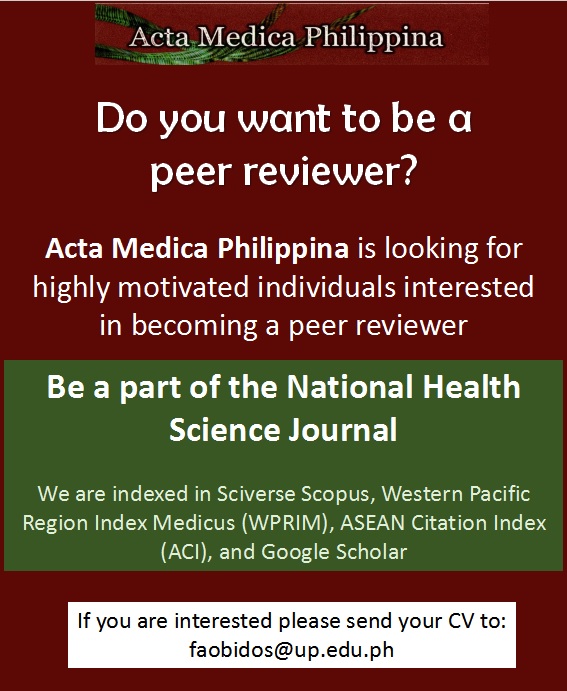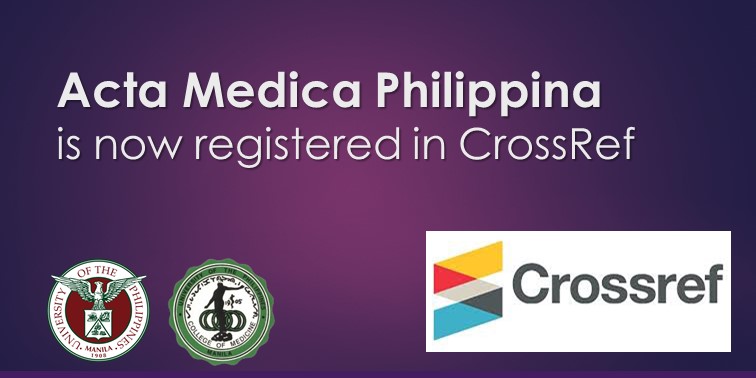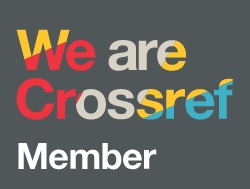Availability and Affordability of Essential Antihypertensive Medicines in Public and Private Primary Care Drug Facilities in a 4th Class Municipality in the Philippines
DOI:
https://doi.org/10.47895/amp.vi0.10315Keywords:
pharmaceutical subsystem, access to medicines, availability, affordabilityAbstract
Background. The pharmaceutical subsystem is a complex interrelationship among different stakeholders that ensure access to safe, effective, and quality pharmaceutical products in the market. Understanding the availability and affordability as key areas for access to medicines is essential to appreciate the strategies needed to strengthen the pharmaceutical subsystem.
Objectives. This study aimed to determine the availability and affordability of essential antihypertensive medicines in public primary care facilities and private retail drugstores in a 4th class municipality. Further, the study determined the price comparisons of these essential antihypertensive medicines with international reference prices.
Methods. This is a quantitative, cross-sectional study design which employed a modified WHO/HAI methodology to quantify antihypertensive medicines’ availability and affordability in public and private primary care drug facilities. Selection of medicines was based on a criteria applicable for the primary care setting. Availability was measured through visual inspection of the selected medicines in the facility, affordability was estimated through the selling price of medicines in the public and private facilities, respectively, and was divided by the local minimum wage of the municipality. Median price ratio was computed using the local median prices over the MSH 2015 international reference prices adjusted for inflation.
Results. Availability of essential antihypertensive medicines was found to be 12.96% in public facilities and 60.32% in private facilities (p = 0.0002). Only amlodipine is observed to be available in both public (83.33%) and private (85.71%) facilities, while only metoprolol 50 mg tab (33.33%) and amlodipine 5 mg tab (83.33%) were available in public facilities. All medicines are below 1 MPR, but carvedilol 6.25 mg (1 tab BID: 1.32; 2 tabs BID: 2.65), 25 mg (BID: 2.65), and enalapril 5 mg (BID: 1.14; TID: 1.70) treatment regimens are unaffordable compared to a worker’s day wage.
Conclusion. Availability of essential antihypertensive medicines is diverse comparing public and private facilities. There is a need to increase the availability of antihypertensive medicines in public facilities as this is an important quality measure of primary care services. Public facilities can leverage on the availability of medicines in private pharmacies by forming Primary Care Provider Networks. While most medicines were deemed affordable in the private setting, there are still drugs such as carvedilol and enalapril, that need to be regulated. There is a need to strengthen the local pharmaceutical subsystem because it is essential to ensure safe, effective, and quality medicines in the local health system through adequate mobilization of resources.
Downloads
Published
Issue
Section
License
Copyright (c) 2024 Acta Medica Philippina

This work is licensed under a Creative Commons Attribution-NonCommercial-NoDerivatives 4.0 International License.




.jpg)



